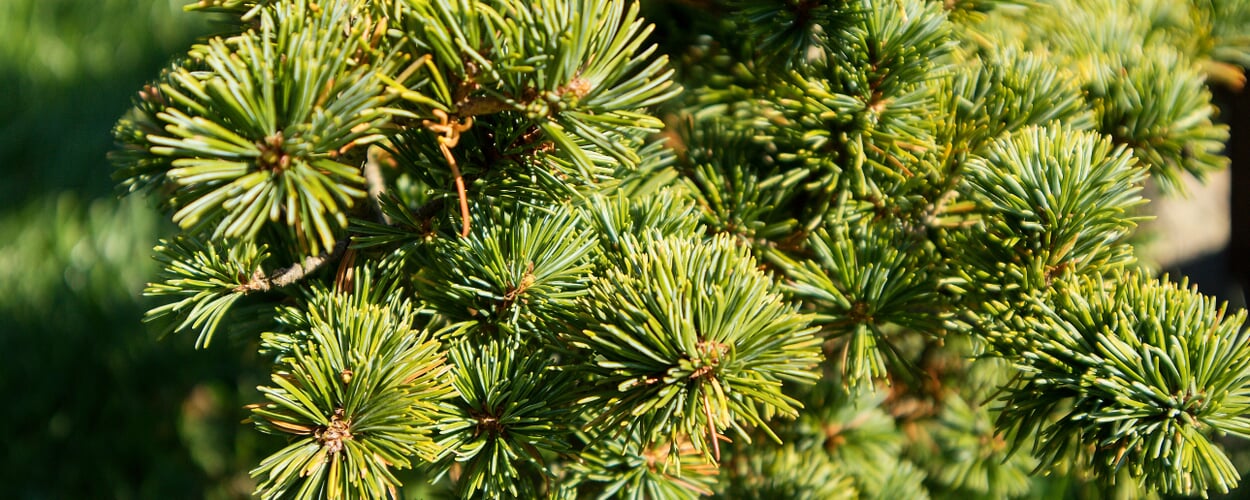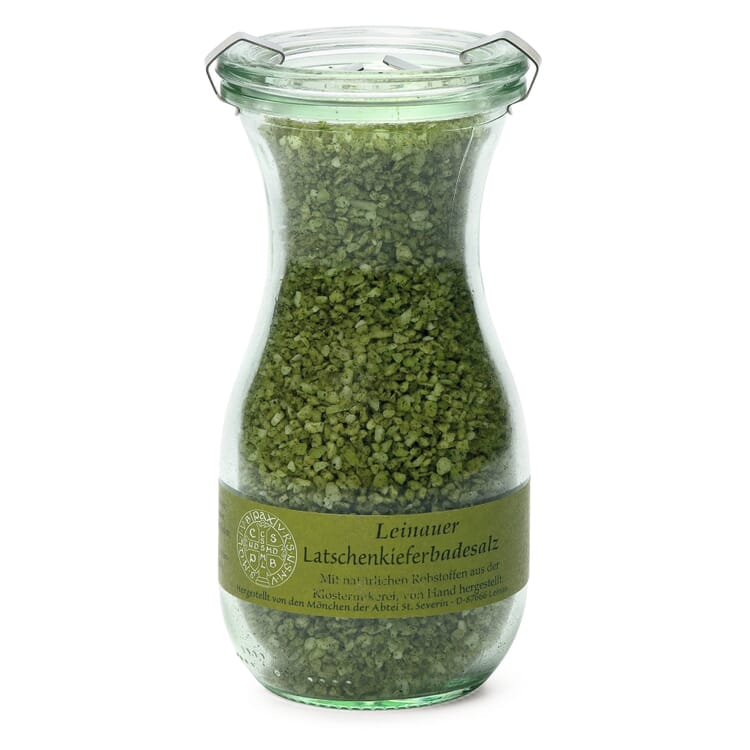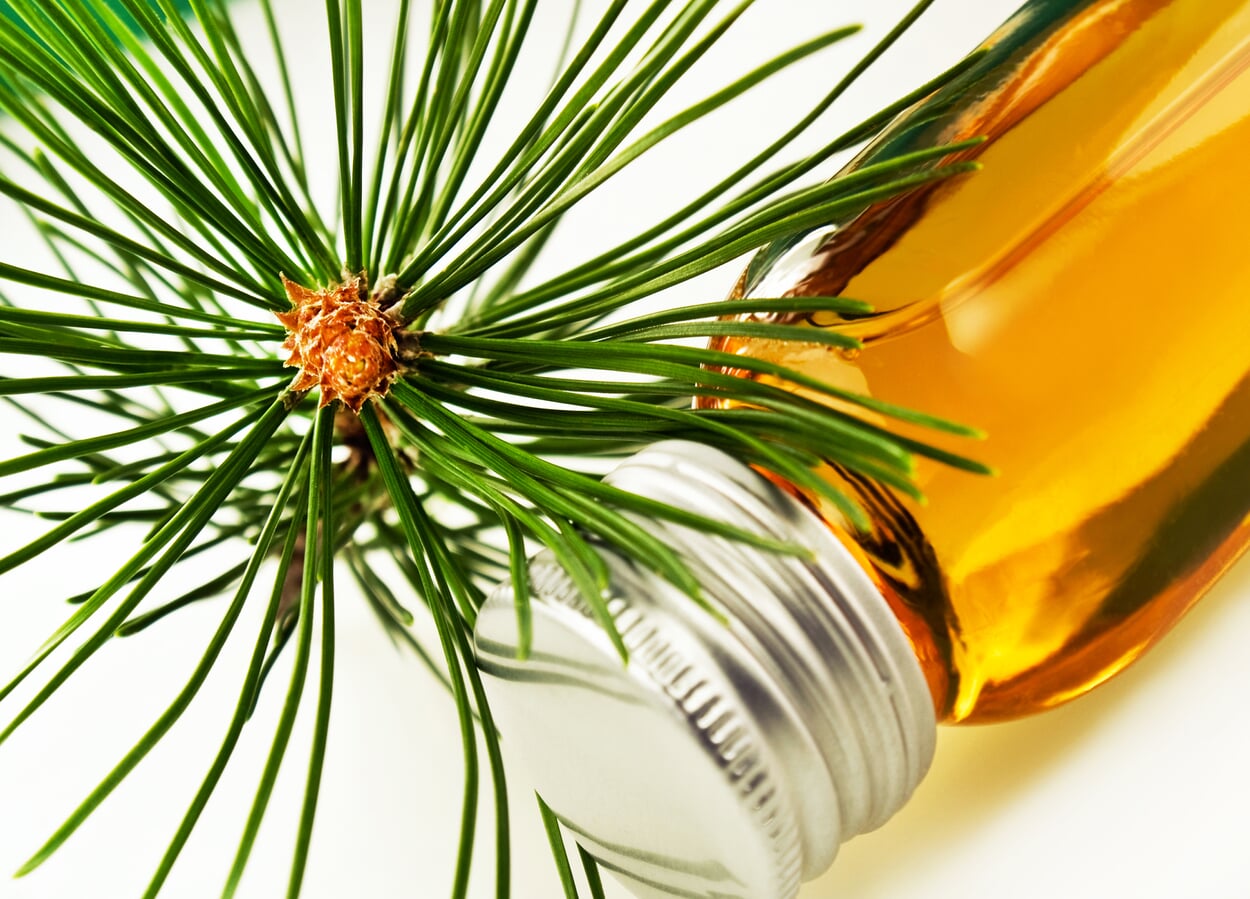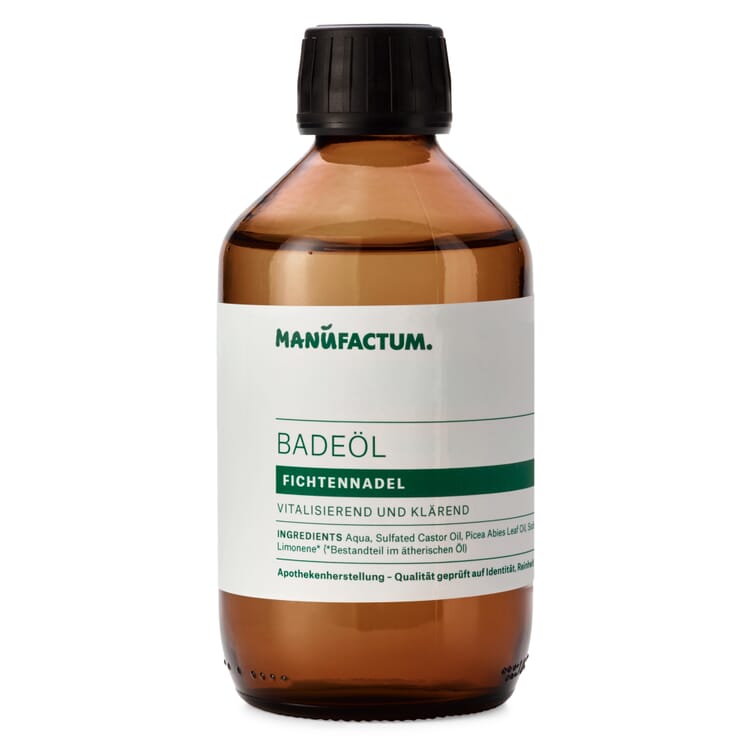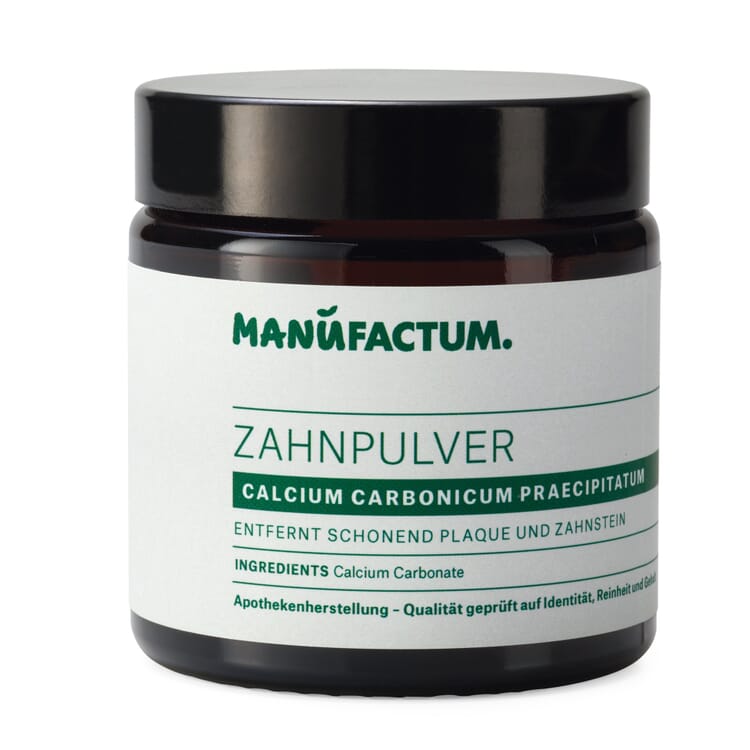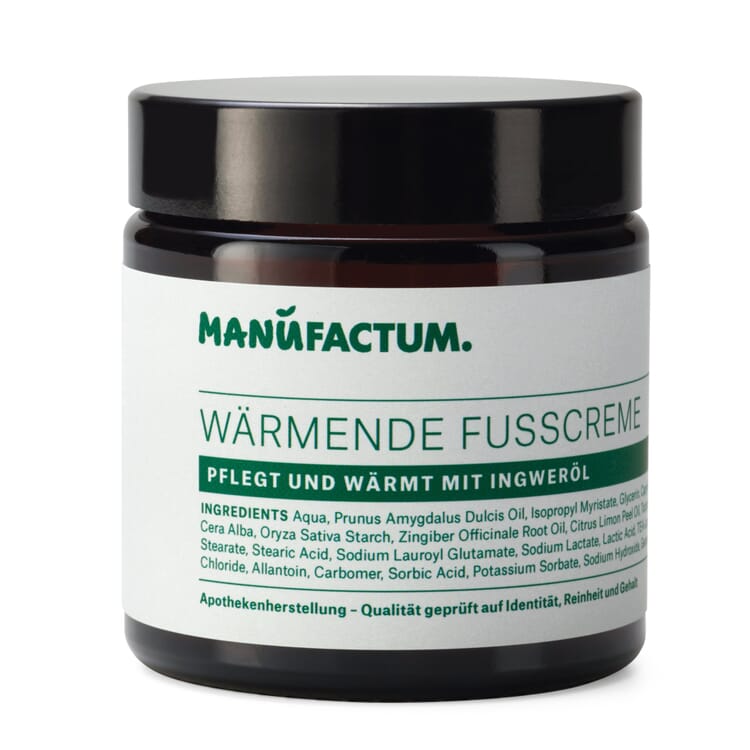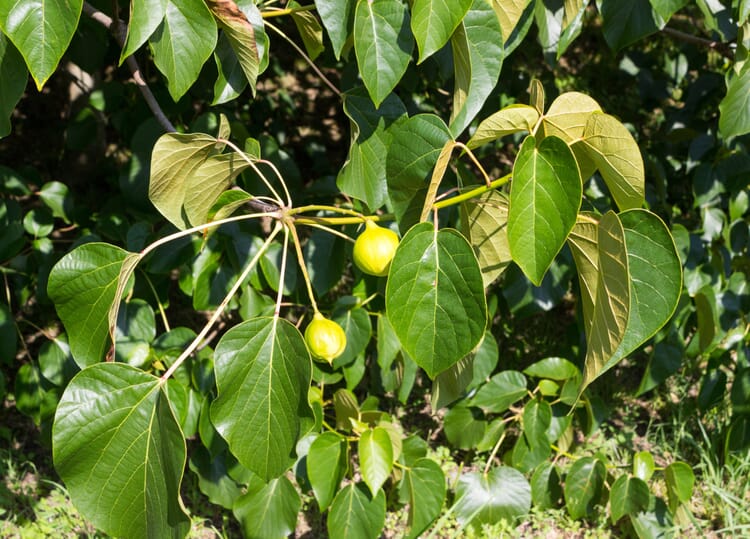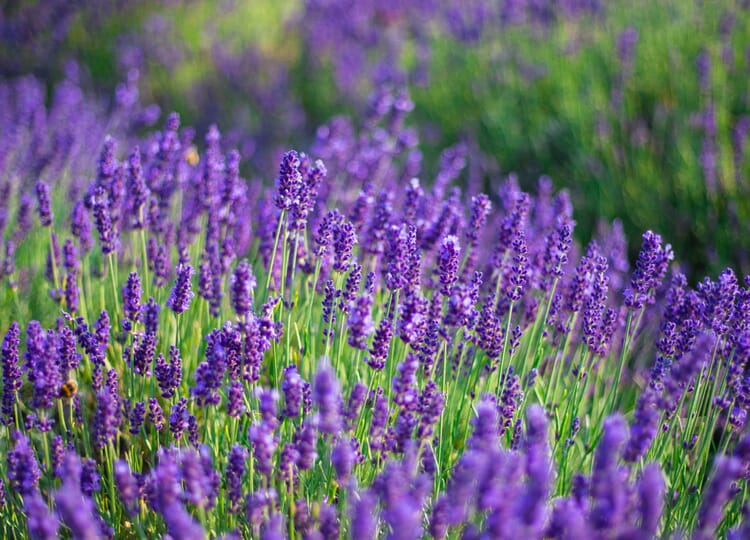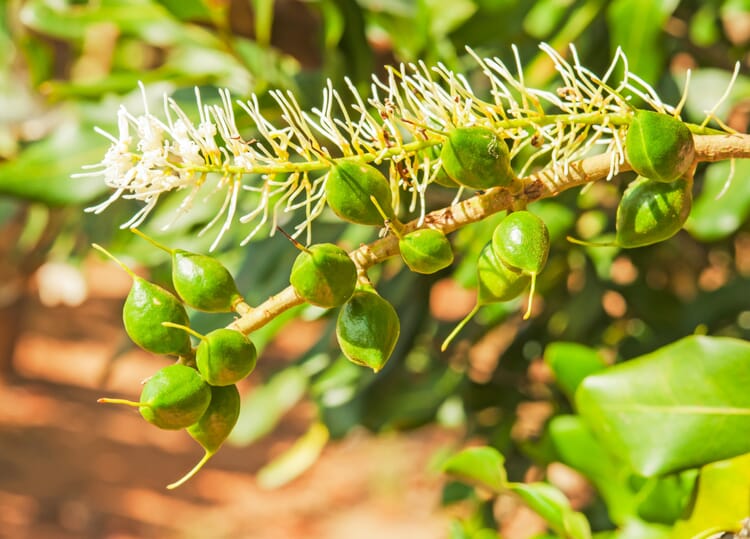Medicinal plants A|B|C
Mountain pine (Pinus mugo)
Also known as mountain pine, the tree, which grows to a height of about ten meters, can withstand extreme site conditions: long, snowy winters, strong winds and very dry, but also very moist soils. With their widely branching, shallow root system, mountain pines also hold their own in stony steep slopes, where they serve as important avalanche protection. Specimens near the tree line often belong to a particular subspecies: As a low-lying shrub-like growing "lodgepole pine" it sometimes grows only one meter high.
Origin and cultivation.
Mountain pines are at home in the mountain landscapes of central and southern Europe; they need a lot of light but few nutrients, and their heat requirements are also low. Near the tree line, they form impenetrable bushes with their stunted growth; up to altitudes of 2,700 meters, the mountain pine can withstand the extreme conditions. Below the mountain level, it usually grows where avalanches have gone down, but its frugality also comes into its own in high moors. In Germany, the mountain pine is protected, which is why it is cultivated - for example, in the Allgäu region around Sonthofen.
Ingredients.
Mountain pine oil is extracted from the fresh needles, twig tips and branches of the mountain pine by steam distillation; up to 2.5 liters of essential oil are obtained from one ton of plant material. It is colorless to slightly yellowish and has a pleasant spicy-woody odor, which is often used by perfumers for masculine fragrance blends. The oil has an expectorant, circulatory and weak antiseptic effect. Certain ingredients have an anti-inflammatory effect similar to cortisone. In mountainous regions it is traditionally used as a component of Franzbranntwein.
Products with mountain pine oil
Use of the mountain pine oil.
- For coughs, colds and bronchitis, the expectorant and anti-inflammatory mountain pine oil brings relief, forms of application include inhalations, ointments, syrups, candies.
- Externally applied mountain pine oil promotes blood circulation and is used for sore muscles, back and joint pain - the rubbed skin area immediately becomes warm. The circulation-promoting effect also supports the treatment of non-acute rheumatic diseases, for example in the form of bath oil or rheumatism ointments.
- The variety of application forms also includes deodorants, soaps, sauna infusions and air fresheners to liqueurs, brandies and bitters.
The essential oil of mountain pine is very effective - therefore it should not come into contact with the mouth and nose of small children. Adults with asthma, cardiovascular diseases or febrile infections should also discuss the use with their pharmacist or family doctor. This also applies to people with varicose veins who wish to use mountain pine bath additives.
Exclusive Manufactum body care products
Recommended Topics
The shea tree, also known as the shea nut tree, grows up to 15 meters high; on the poor soils of its homeland, it usually grows as a solitary tree. The tree does not begin to blossom until it is about 20 years old, and its full yield is reached at the age of 50. The edible berry fruits grow in clusters at the ends of the branches; each fruit contains a seed about four centimeters in size, the shea nut. For a long time, only women were allowed to pick up the fruit and process the seeds after removing the pulp.
View moreAll lavender species grow as half-shrubs, so they lignify in their lower parts and sprout anew from them every year. True lavender (L. angustifolia) grows to a height of about half a meter; its narrow leaves, when young, are covered with white-felty hairs to protect against excessive evaporation. Lavandin (L. intermedia) is a natural cross between true lavender and spike lavender; as a hybrid plant, it cannot reproduce by seed and must be propagated by cuttings.
View moreThe plant genus was discovered in the 19th century by the then director of the Melbourne Botanic Garden on one of his many expeditions; he named it after his friend John McAdam. Macadamia trees grow up to 15 meters high. About a dozen spherical, green fruits each ripen on pendulous flower panicles; when they burst open, the nuts fall to the ground. Macadamia nuts in the trade mostly come from the species M. integrifolia and M. tetraphylla and their crosses.
View more
